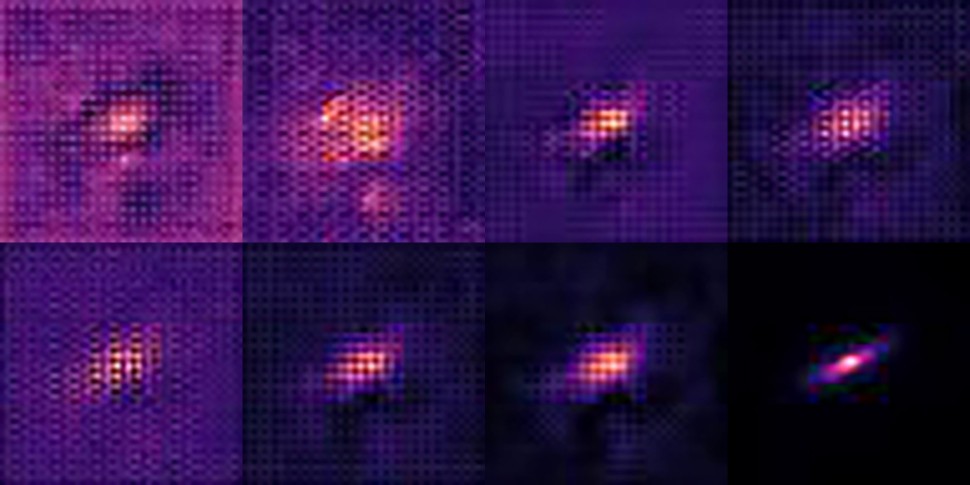Amanda Morris, a press release writer at Northwestern University, describes an important astronomical effect in terms entertaining enough to be worth reposting here: “The cosmos would look a lot better if the Earth’s atmosphere wasn’t photobombing it all the time.” That’s certainly one way to describe the air’s effect on astronomical observations, and it’s annoying enough to astronomers that they constantly have to correct for distortions from the Earth’s atmosphere, even at the most advanced observatories at the highest altitudes. Now a team from Northwestern and Tsinghua Universities have developed an AI-based tool to allow astronomers to automatically remove the blurring effect of the Earth’s atmosphere from pictures taken for their research.
Dr. Emma Alexander and her student Tianao Li developed the technique in the Bio Inspired Vision Lab, a part of Northwestern’s engineering school, though Li was a visiting undergraduate from Tsinghua University in Beijing. Dr. Alexander realized that accuracy was an essential part of scientific imaging, but astronomers had a tough time as their work was constantly being “photobombed,” as Ms. Morris put it, by the atmosphere.
We’ve spent plenty of time in articles discussing the difficulties of “seeing” and the distortion effect that air brings to astronomical pictures, so we won’t rehash that here. But it’s worth looking at the details of this new technique, which could save astronomers significant amounts of time either chasing bad data or deblurring their own images.
Using a technique known as optimization and a more commonly known AI technique called deep learning, the researchers developed an algorithm that could successfully deblur an image with less error than both classic and modern methods. This resulted in crisper images that were both better scientifically but also more visually appealing. However, Dr. Alexander notes that was simply a happy side effect of their work to try to improve the science.
To train and test their algorithm, the team worked with simulated data developed by the team responsible for the upcoming Vera C Rubin observatory, which is set to be one of the world’s most powerful ground-based telescopes when it begins operations next year. Utilizing the simulated data as a training set allowed the Northwestern researchers to get a head start on testing their algorithm ahead of the observatory’s opening but also tweak it to make it well-suited for use with what will arguably be one of the most important observatories of the coming decades.
Besides that usefulness, the team also decided to make the project open-source. They have released a version on Github, so programmers and astronomers alike can pull the code, tweak it to their own specific needs, and even contribute to a set of tutorials the team developed that could be utilized on almost any data from a ground-based telescope. One of the beauties of algorithms like that is they can easily remove photobombers – even if they are less substantive than most.
Learn More:
Northwestern – AI algorithm unblurs the cosmos
Li & Alexander – Galaxy Image Deconvolution for Weak Gravitational Lensing with Unrolled Plug-and-Play ADMM
UT – Telescope’s Laser Pointer Clarifies Blurry Skies
UT – A Supercomputer Gives Better Focus to Blurry Radio Images
Lead Image: Different phases of deblurring the algorithm applies to a galaxy. Original image is in the top left, final image is the bottom right.
Credit – Li & Alexander

